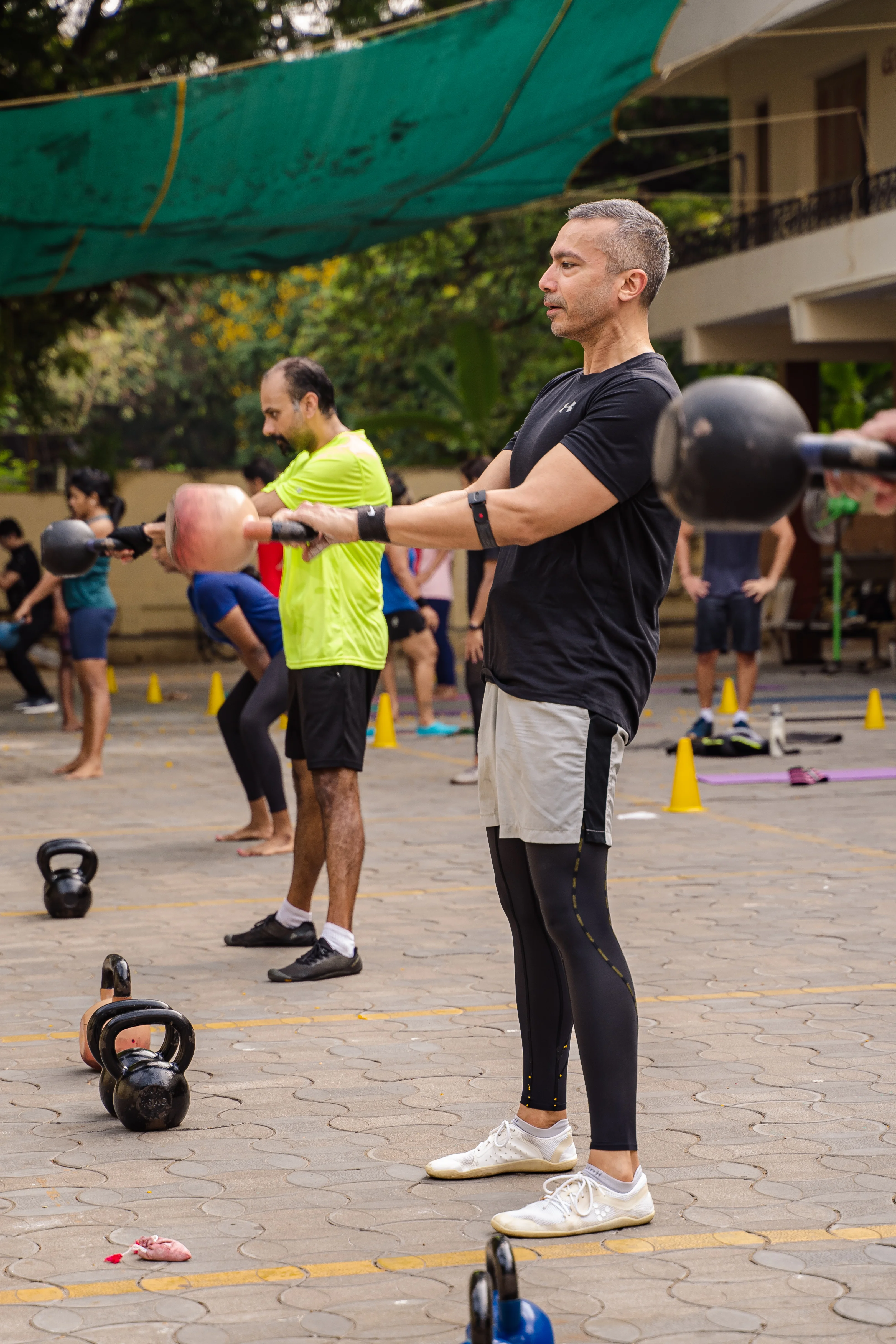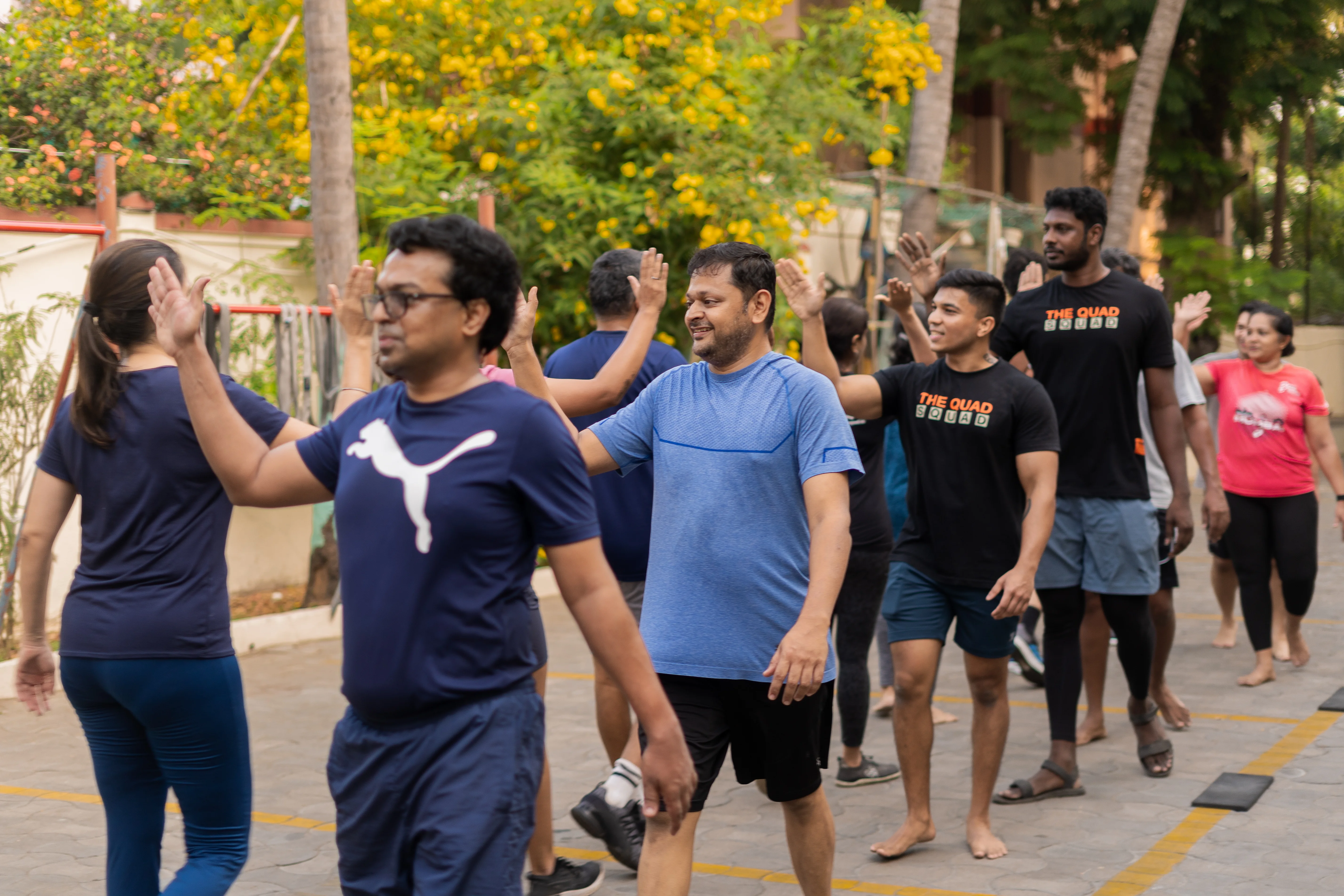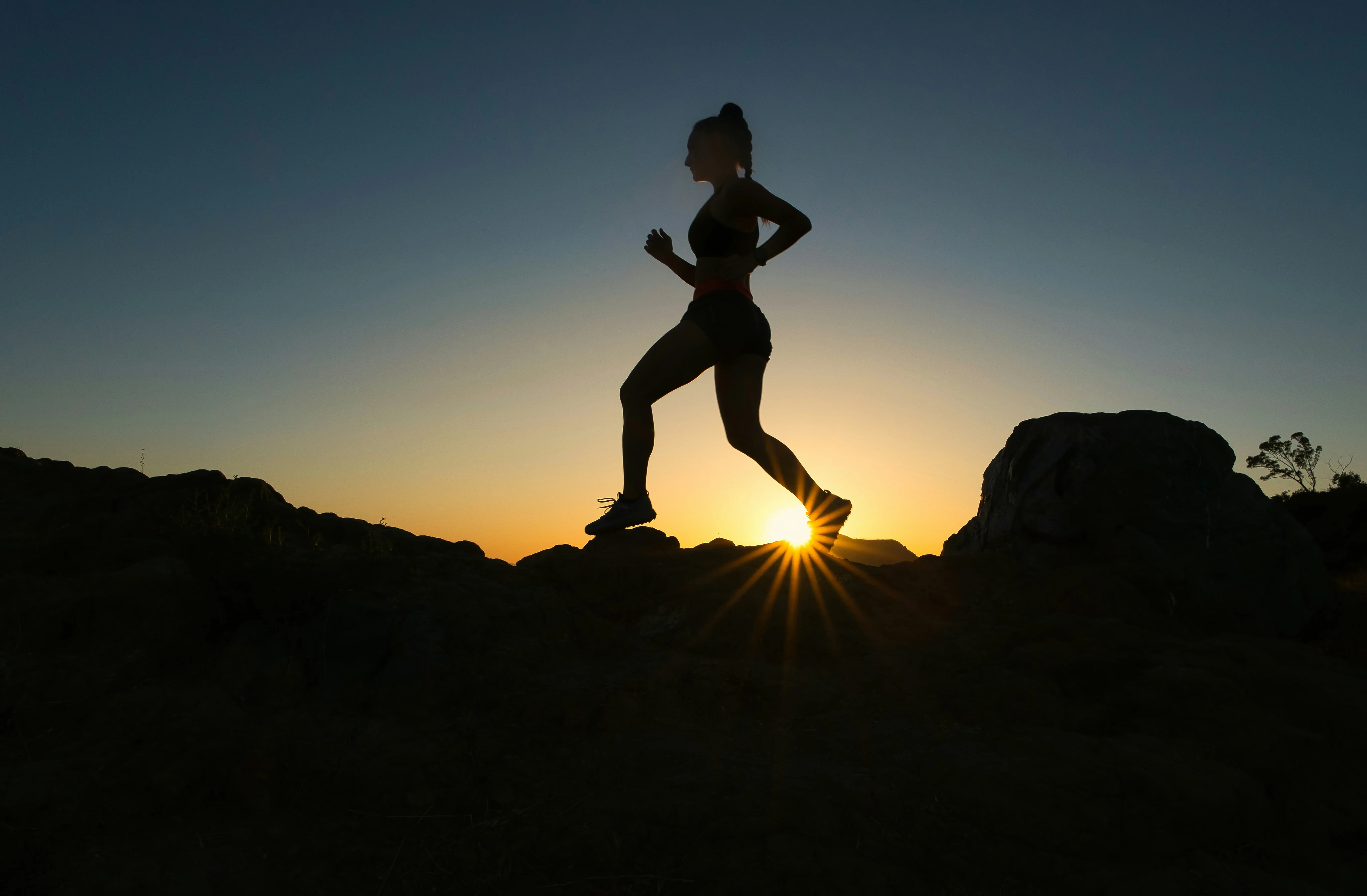Mobility and Old Age: How To Keep Mobile As We Get Older
Jan 30, 2024 ∙ 20 mins read
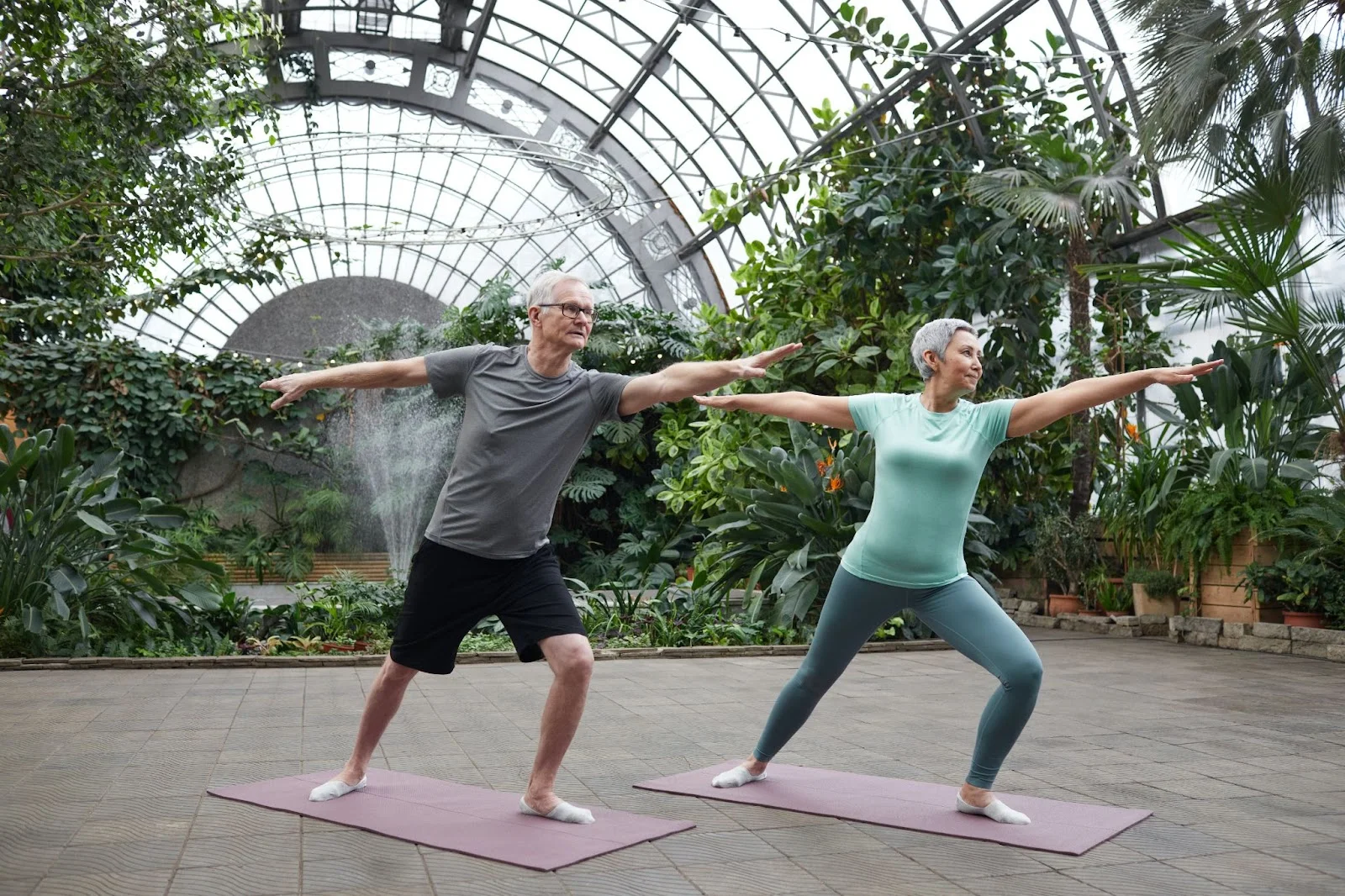
A few months back, a video gained steady popularity on social media: a longevity test, based on how easily you can get down to the ground and come back up. If you could do it seamlessly, without the use of any aids, your mobility and range of motion are excellent. Congratulations: you can now live long and prosper!
If you scrabbled about a bit, but still managed to get to the ground, and crucially, come back up, that's also a good outcome. Yes, there’s room for improvement but you got the job done. Congrats: you live to fight another day.
But what if, like way too many people these days, your mobility is compromised to a high degree. So much so, for example, that you cannot sit on the ground anymore?
My grandmother, who was 81 when she passed away, only sat on the floor. She would also insist on sleeping on the floor, no beds and mattresses for the old girl! But, between the WC and cushy sofas, our modern way of life has done away with the need to sit on the ground, squat over the loo, and various other body-friendly things. This has had a massive detrimental effect on our quality of life.
As we grow older, our quality of life is directly affected by how fit we are. Especially in older people, it dictates the limits of movement - everything from what activities we can do to how quickly we can go from point A to B to how easily we can change the shape of our bodies to do various tasks.
That last point is what mobility is about.
The more mobile we are, the easier it is for us to do things in daily life.
For us to do any type of physical work we need to change the shape and alignment of our bodies. For example, to pick up something from the floor we need to make our legs shorter and our arms longer, in addition to staying in alignment with our center of mass so as to not topple over.
When our bodies are young, we take these movements for granted but as we get older, without sufficient mobility, this change in shape won’t happen very easily or gracefully.
Why?
Because mobility is a result of how well we’re able to control our muscles and, hence, our joints. If we can have excellent control of all our joints, our muscles connected to every joint are functioning well and we are able to recruit those muscles on command as and when we see fit.
Take the knee joint for example.
If we have optimal mobility at the knee, that means that we have control over the muscles and other connective tissue attached to the knee. And by using them correctly and at the right time, we are able to create proper movement at the knee joint. Similarly with every other joint in the body.
And if we lose control of any or a few of these joints, general movement becomes extremely hard, and quality of life drops.
So, as we age, it is critical that we ensure proper mobility in as many if not all, joints.
How do we do that?
Don't stop moving
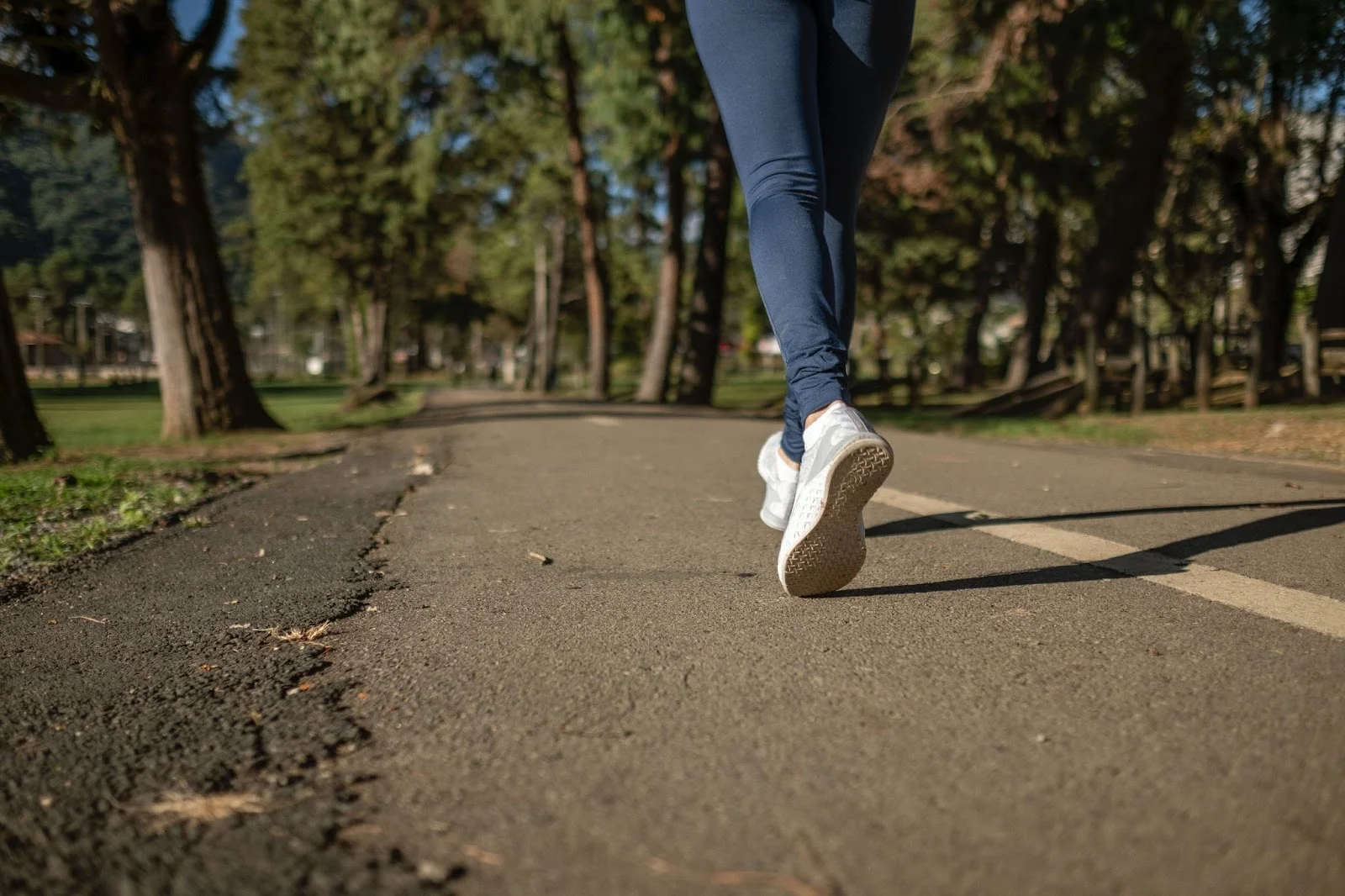
Don't let age put breaks on pursuing your favorite activities. If there is an activity you’ve been doing for a while (say playing a sport, walking, running, swimming, yoga, or tai chi), continue with it.
Your body is a machine that requires regular movement to remain healthy. Do not use old age as a reason (or an excuse!) to stop getting enough physical activity. Your healthy lifestyle will have a massive impact on your physical and mental health. And it is imperative that we keep on moving, to enjoy both.
Build your muscle strength

As we get older, we end up losing up to 10% of our muscle mass every decade. And with loss of muscles, we run a greater risk of injury, leading to limited mobility and even eventual mobility loss.
In order to combat this, it is vital to constantly train full-body multi-joint movements at the proper range of motions.
Strength training is important for all and especially for older people. Squats, pushups, hinges, and rows are all excellent movements for the elderly when they are done using an optimal range of motion and at the right intensity. If you are not sure about doing this right, find a fitness coach, personal trainer, or occupational therapist who can help you with this.
With age-related changes come risk factors like fall risk, muscle weakness, and loss of balance. Building muscle is even more important as without it, our bodies will lack the ability to prevent ourselves from falling and getting hurt.
Show extra love to your joints
As we get older, it is natural to slow down. For some of our joints start to feel (and sound!) a bit sluggish. Joint problems, unfortunately, are very common among the elderly.
But it needn't be so! Not if we act proactively, at least. If we practice mindfulness and listen to our bodies, we can get into the habit of paying attention to how our body moves and feels. And when our joints start to feel a bit off, then it is time to swing into action. How? By finding these joints and working on them specifically.
For example, thanks to extended periods of sitting, the hip joint might be tighter than the rest. Or the elbow joint may have some laxity. Once you identify the joint, work on optimally strengthening or stretching the muscles and connected tissue attached to those joints. Once again, reach out to a coach or a physical therapist if you aren’t sure about how to approach this.
Here comes the sun
Getting regular sun exposure is very important for our physical and mental health. A little bit of sunshine first thing in the morning can brush the mental cobwebs away and give you an energy boost to start your day strong. Ensure you get sufficient sunlight and consume enough calcium.
Our bones lose minerals and become brittle with age and it is a good idea to get enough vitamin D (preferably through sunlight) and consume foods rich in calcium so our bone health doesn't suffer. Remember, brittle bones could translate easily to broken bones!
Quality over quantity
Constantly work on improving your quality of movement. The (mindless) things you did when you were younger may not suit you well anymore. In later life, how well you move means so much more than how much you move. So take the time and effort to learn the proper way to do each exercise and movement of daily life and practice them over and over again.
If you suffer from any physical impairment, you can still take advantage of movement. Simple stretches, aqua exercises, mobility exercises - there are many options available.
Get up
At The Quad, we love doing get-ups. We like to call it LDSU - lying down and standing up. This simple marker of physical function is one of the most basic but most important movement patterns we can ever do.
Practice lying down and standing up. There are many ways of doing this - assisted or unassisted. Practice this daily.
There's this tendency in our society to ignore older individuals, and not pay attention to the fitness of elderly people. Much of it is because of our belief that as humans, we only have a certain number of years to enjoy a sound body. And that it is the natural turn of events for us to physically and mentally slow down.
But what if we refuse to accept it? Why should we be okay with not enjoying the full health benefits of living in a healthy body and accepting that mobility impairment and physical disabilities are our lot in life?
What if we say, we will keep on moving as long as possible? We will deadlift our body weights when we are in our 80s. Or, as fitness coach and author Dr. Kelly Starrett says, participate in the senior citizen's race in our 90s?
We can! By doing simple, everyday actions. Nothing complex. Just keep on moving.
At The Quad, we pride ourselves on training all ages safely for an injury-free life. Get in touch to learn how!




